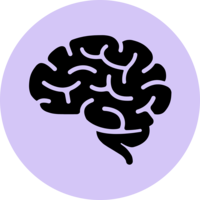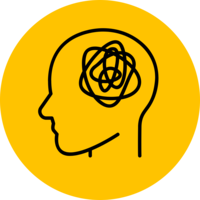Nord-Trøndelag Health Study Biobank (HUNT Biobank)
The HUNT Biobank, located at Levanger, Mid-Norway, holds biological material from 110 ,000 participants (aged between 13 and 100 years) from the longitudinal population-based HUNT Study in Norway. The biobank includes whole blood, serum, plasma, DNA, RNA, urine, saliva, and fecal samples, optimally handled and stored for research purposes. A unique personal identification number (PIN) enables linkage to hospital records and local and national registries. It was established in conjunction with the HUNT2 Survey in 1995 to 1997, and a new biobank facility was opened in 2006 along with the HUNT3 Survey (2006 to 2008).
Study design
Biobank
Number of participants at first data collection
~110000 (participants)
Recruitment is ongoing
Age at first data collection
13 - 100 years (participants)
Participant year of birth
Varied (participants)
Participant sex
All
Representative sample at baseline?
No
Sample features
Country
Year of first data collection
1984
Primary Institutions
Central Norway Regional Health Authority (Helse Midt-Norge RHF)
Norwegian Institute of Public Health (Folkehelseinstituttet, FHI, NIPH)
Norwegian University of Science and Technology (Norges teknisk-naturvitenskapelige universitet, NTNU)
Trøndelag County Municipality (Trøndelag fylkeskommune)
Profile paper DOI
Funders
Central Norway Regional Health Authority (Helse Midt-Norge RHF)
Nord-Trøndelag County Municipality (Nord-Trøndelag fylkeskommune)
Norwegian Institute of Public Health (Folkehelseinstituttet, FHI, NIPH)
Norwegian University of Science and Technology (Norges teknisk-naturvitenskapelige universitet, NTNU)
Ongoing?
Yes
Data types collected



- Computer, paper or task testing (e.g. cognitive testing, theory of mind doll task, attention computer tasks)
- Interview – face-to-face
- Physical or biological assessment (e.g. blood, saliva, gait, grip strength, anthropometry)
- Secondary data
- Self-completed questionnaire – paper or computer assisted
- None
- Magnetic Resonance Imaging (MRI)
- Census data
- Education data
- Healthcare data
- Medical birth registry
- Mortality data
- Social care data
- Tax, income & benefit data
Engagement
Keywords
Consortia and dataset groups



